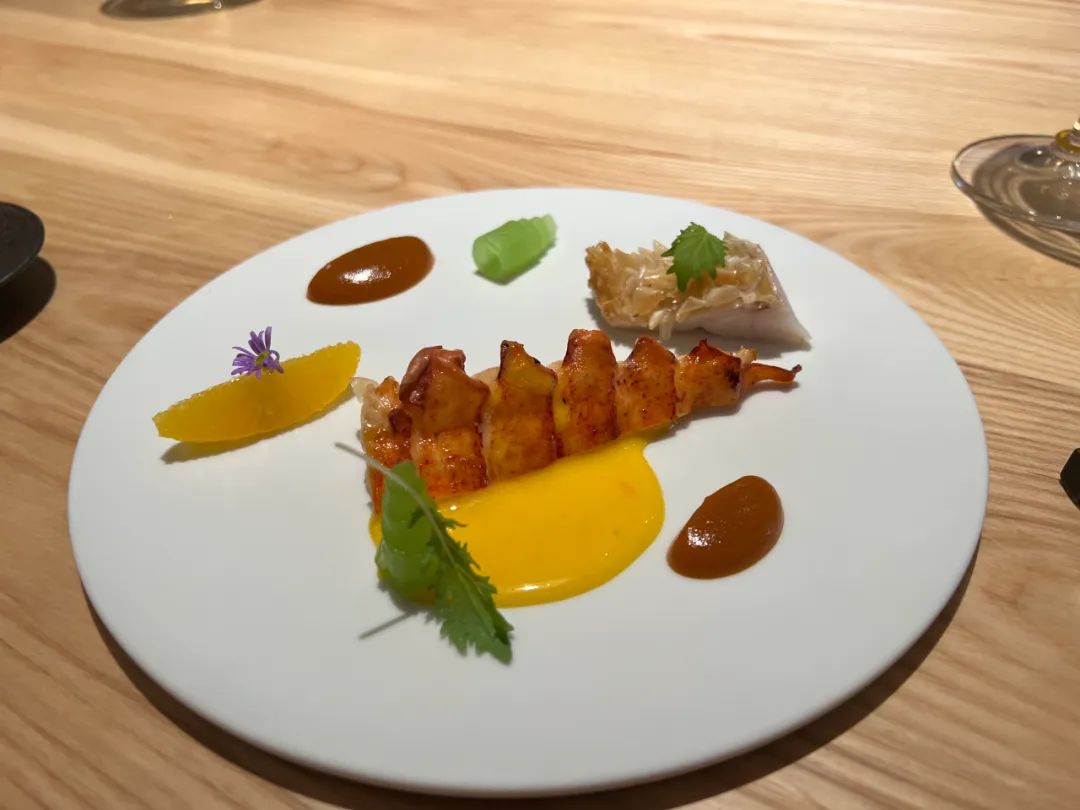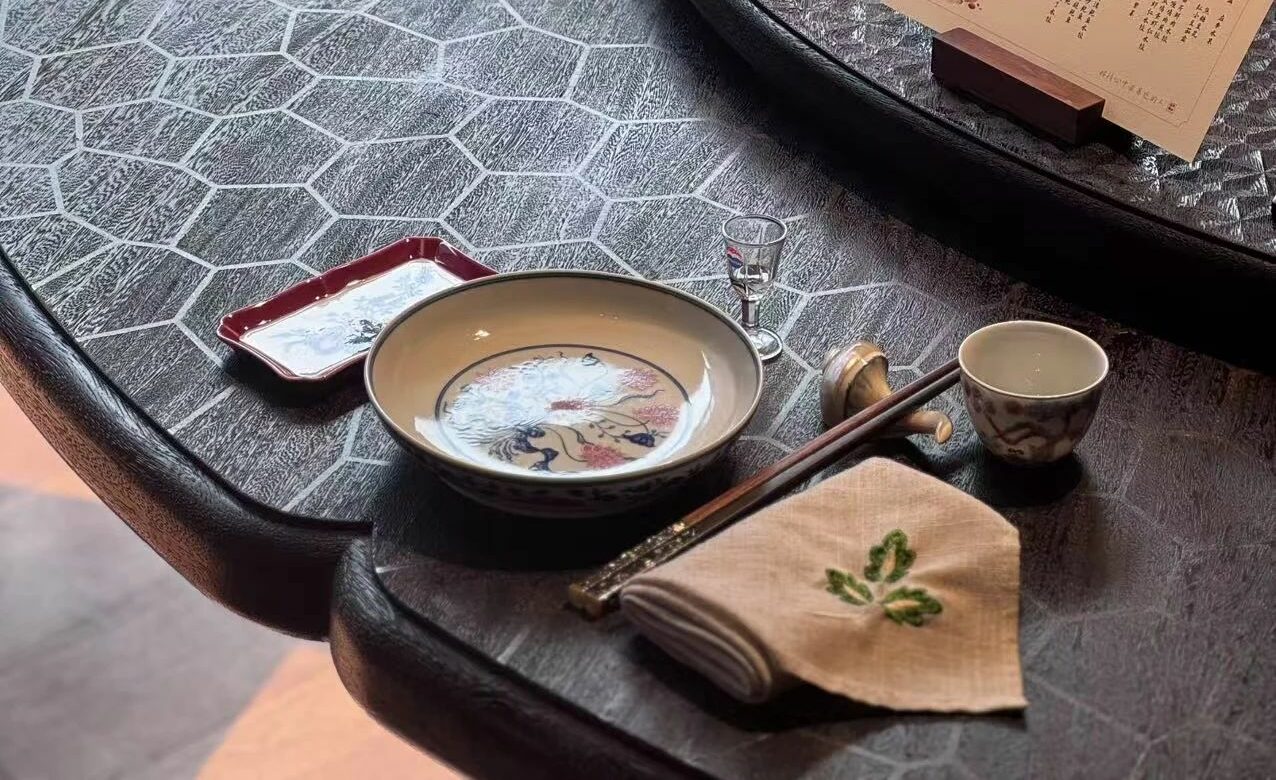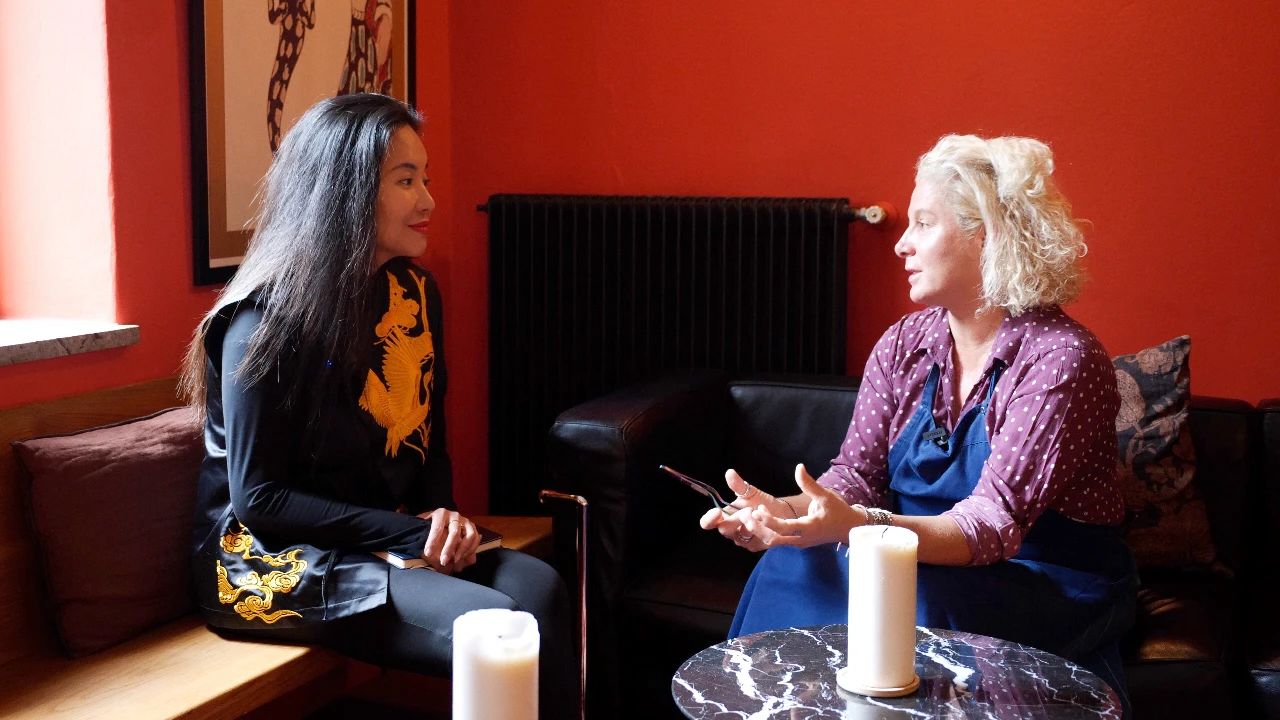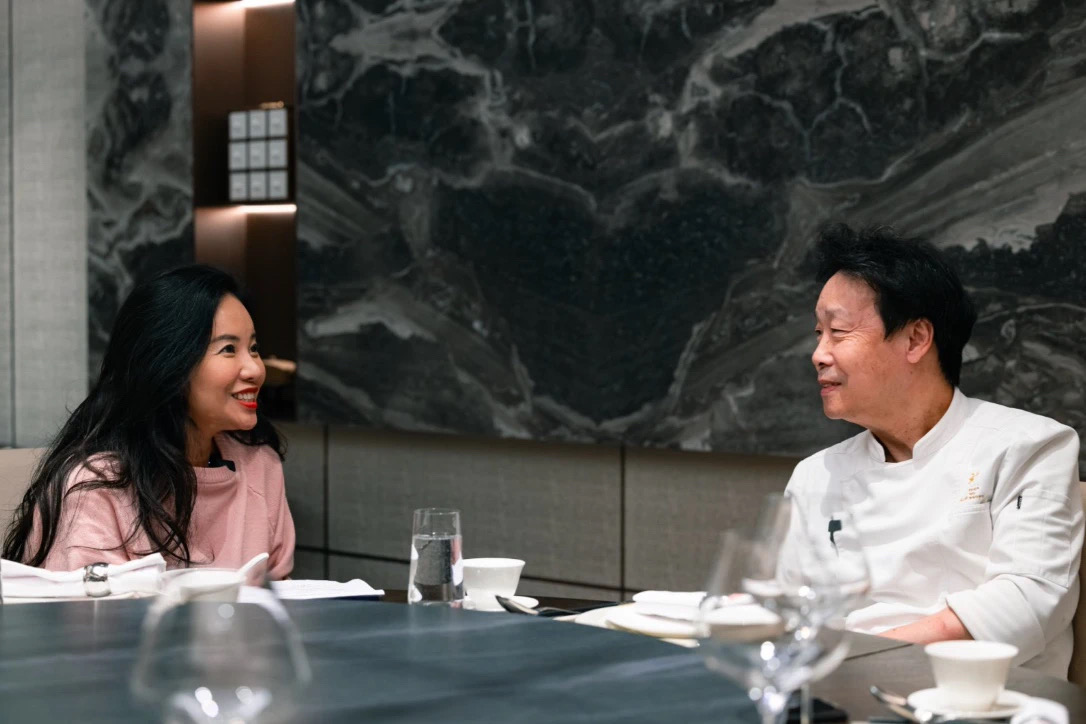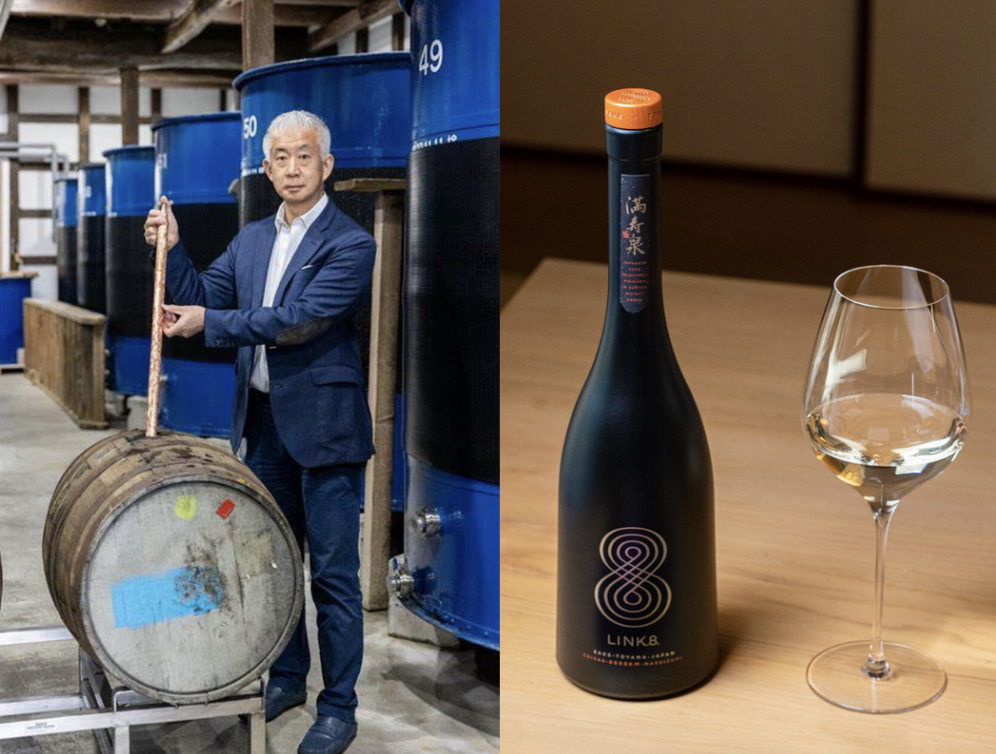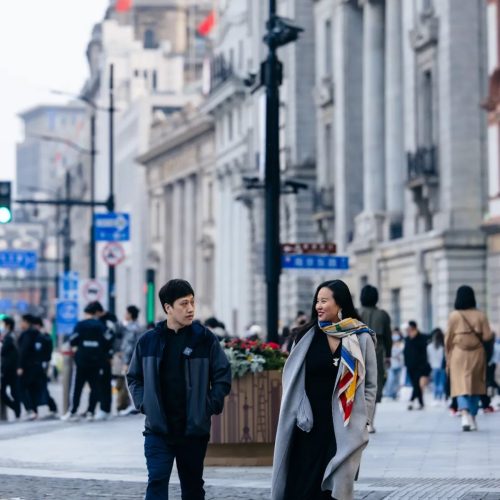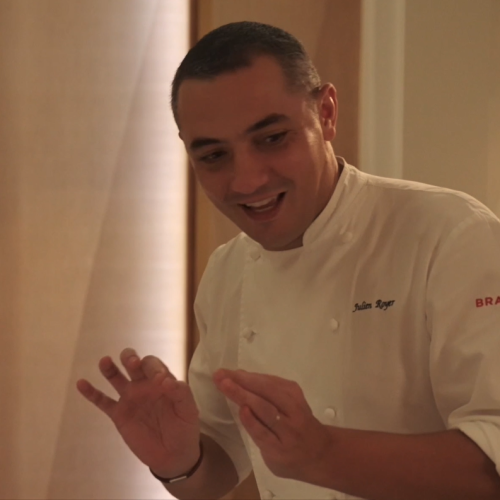At the Michelin two-starred modern Singaporean restaurant JL STUDIO in Taichung, Singaporean Chef Jimmy Lim Tyan Yaw has re-imagined traditional South-East Asian cuisine with unique flair and a deep desire. Having been refining his approach to traditional cuisine, Jimmy’s colourful but unconventional dishes are a delightful departure from cooking’s new minimalism.
This was my second visit to JL; the first time was three years ago, before Covid. The restaurant is on the second floor of a two-storey complex. It’s a pity that the main entrance is shared with the restaurant on the first floor, which is also owned by the same investment group. Immediately after entering the restaurant, I walked past an open kitchen where the kitchen staff were grilling with open fire. The interior has more South-East Asian elements after renovation and the service is warm and laid-back.

Chef Lim hopes to share the inclusivity and harmony of Singaporean cuisine with diners. He describes Singaporean cuisine as “a vibrant melting pot of flavours influenced by different cultures, people and religions, yet very harmonious and unique”.
The cooking techniques were evident but understanding the origins of each dish was a challenge for me due to lack of knowledge of Singaporean cuisine. Luckily, through Chef Lim’s interpretation, I was able to experience a beautiful choir of traditional South-East Asian flavours.

The traditional food of Singapore uses a variety of spices and seasonings. JL STUDIO’s dishes offer an authentic view of Chef’s hometown cuisine recomposed with creativity and aesthetics. The show began with very eye-catching appetizers.
The Kueh Pie Tee was presented as two thin crunchy crisps sandwiching tender rose shrimp and vegetables in oyster sauce — A delicacy that instantly wins your heart. The Rojak was a sweet and sour bite-size tart with cucumber. The Rose Kueh had a cookie made from rice flour and egg, garnished by edamame beans and pandan leaf juice to add a tinge of green. These are all common snacks in Singapore and Malaysia, but the Chef has incorporated French techniques to add complexity and elegance.


The Rasam (a spicy and tangy South Indian soup) is traditionally made with tamarind and common spices in India such as cumin, chilli powder and turmeric. The cherry tomato and vegetable soup was served in the form of a jelly placed at the bottom of a wide-mouthed champagne glass. Other ingredients included water bamboo and tuna, which brought a sense of richness to the dish while also tasted refreshing and appetising.


Lo Hei (sashimi) is a traditional New Year’s Eve dish in Singapore, which carries implication of growth and prosperity. The dish usually features slices of sashimi, shredded vegetables and crunchy peanuts for extra texture, all tossed together before serving. At JL STUDIO, the main ingredients are swordfish, yuzu and sesame, with raw fish being topped with green spinach crisps, as if they were two carp fish swimming at ease. Vegetables and fried fish skin were wrapped inside of a transparent sugar ball, which was crashed into the plate to form the whole picture with the sashimi. It was a breakaway from the traditional Lo Hei, bursting with a variety of delightful flavours, textures and playful childhood memories.

The Shroom Kut Teh took inspiration from bak kut teh, a meat dish cooked in broth. Gongliao abalone and Xingse shiitake were used instead of meat, and the purpose of using aiyu was to mimic the texture of gelatin, which is a healthier alternative. Traditionally-served fried dough sticks were replaced with shredded burdock, which also gave it a crunchy texture. It’s hard not to be impressed by the flavours exuding from the dish, since it was so touching and nostalgic.


Traditionally served steamed or grilled, Otak-otak is a South-East Asian fish cake made of ground fish mixed with spices and wrapped in banana leaf or atap leaf parcels. Chef reinterpreted the dish using Maine lobster, orange and cucumber, wrapped in banana leaves and sizzled to bring out the aroma of the leaves. The lobster was cooked perfectly. Again, childhood memory was the theme of the dish.
Assam Babi is pork belly or pork shoulder in tamarind sauce. It is another South-East Asian dish with a rich, fragrant flavour and a spicy kick. Chef recreated the dish using Iberian pork, pickled pumpkin and a satay-style vegetable stew. Jimmy said that meat is normally used in satay dish, but here he chooses zucchini, tofu and pineapple, which is more like a satay-style ratatouille. He also replaced peanut sauce with grilled pistachio sauce to make it lighter.


Before dessert, Jimmy surprised us by presenting a Sambal Tempoyak dish (rice with durian and fermented chilli sauce), served with coconut milk and sakura shrimp. The addition of the rich and creamy seared foie gras was a stroke of genius. The slight aroma of durian allowed for good appetite even for those who do not particularly fancy durian. It was a beautifully presented dish, surprisingly contrasting and yet harmonious.
Chef Lim is very good at deconstructing traditional dishes and reconstructing different elements to create new forms. For example, the famous Singaporean breakfast combo (eggs, kaya toast and coffee) is transformed here. The Yaw Kun Kopi Tiam came with a basket of “eggs”, but were actually made of frozen kaya, burnt toast in the middle and coffee powder sprinkled on top. It had everything you need and everything you saw was edible.



Next up was a dessert named using the geographic coordinates of Singapore’s landmark – the Merlion. It was decorated with coconut, jackfruit and calamansi in the shape of the Merlion, paying homage to Chef Lim’s homeland. The final dessert Bandung was inspired by the popular Southeast Asian rose milk tea, adjusted to make into an ice cream with atap seeds added inside to give it a different mouthfeel. It’s finally covered with white chocolate and sprinkled with rose petals. Wonderfully aromatic and refreshing.


On what it means for JL STUDIO to recreate traditional Singaporean cuisine, Jimmy says, “Singaporean food is being re-imagined into unexplored territory, with the hope that the flavours revolutionised will suit modern tastebuds so that people will be able to understand and enjoy Singaporean food more.”
Jimmy has the ability to orchestrate traditional flavours with bold and stylish colours from South-East Asian culture. His dishes are vibrant, complete and personal, a loud and clear endeavour to carve his own arena instead of following the trend of Nordic minimalism in today’s fine-dining industry.

JL STUDIO has continued to refine itself since it opened, and I have certainly felt the transformation each time. Many people thought that the location in Taichung would be a disadvantage, but now it seems that JL is well on the way to make Taichung into the next gourmet destination.
Two Michelin stars is just a start. I believe with the recovery of global traveling, JL is to welcome more overseas guests for sure.
Author: Jocelyn 华姐
Photo: Jocelyn 华姐/instagram



